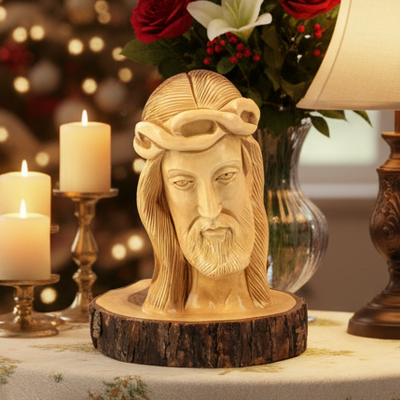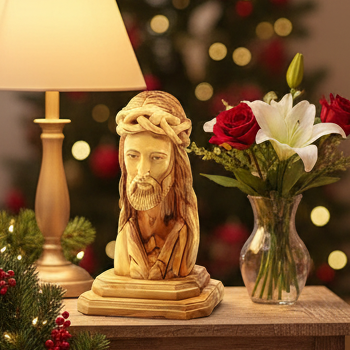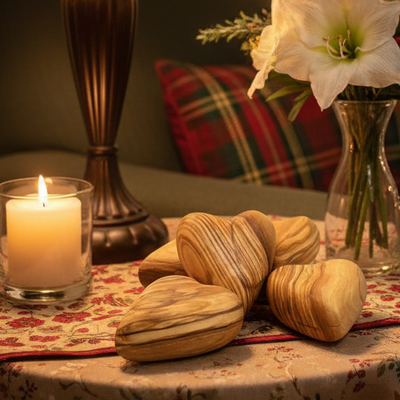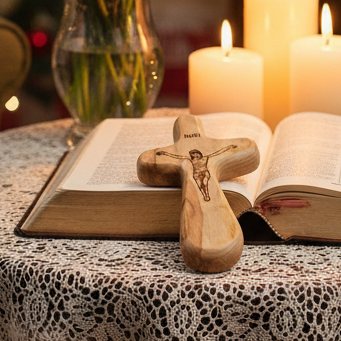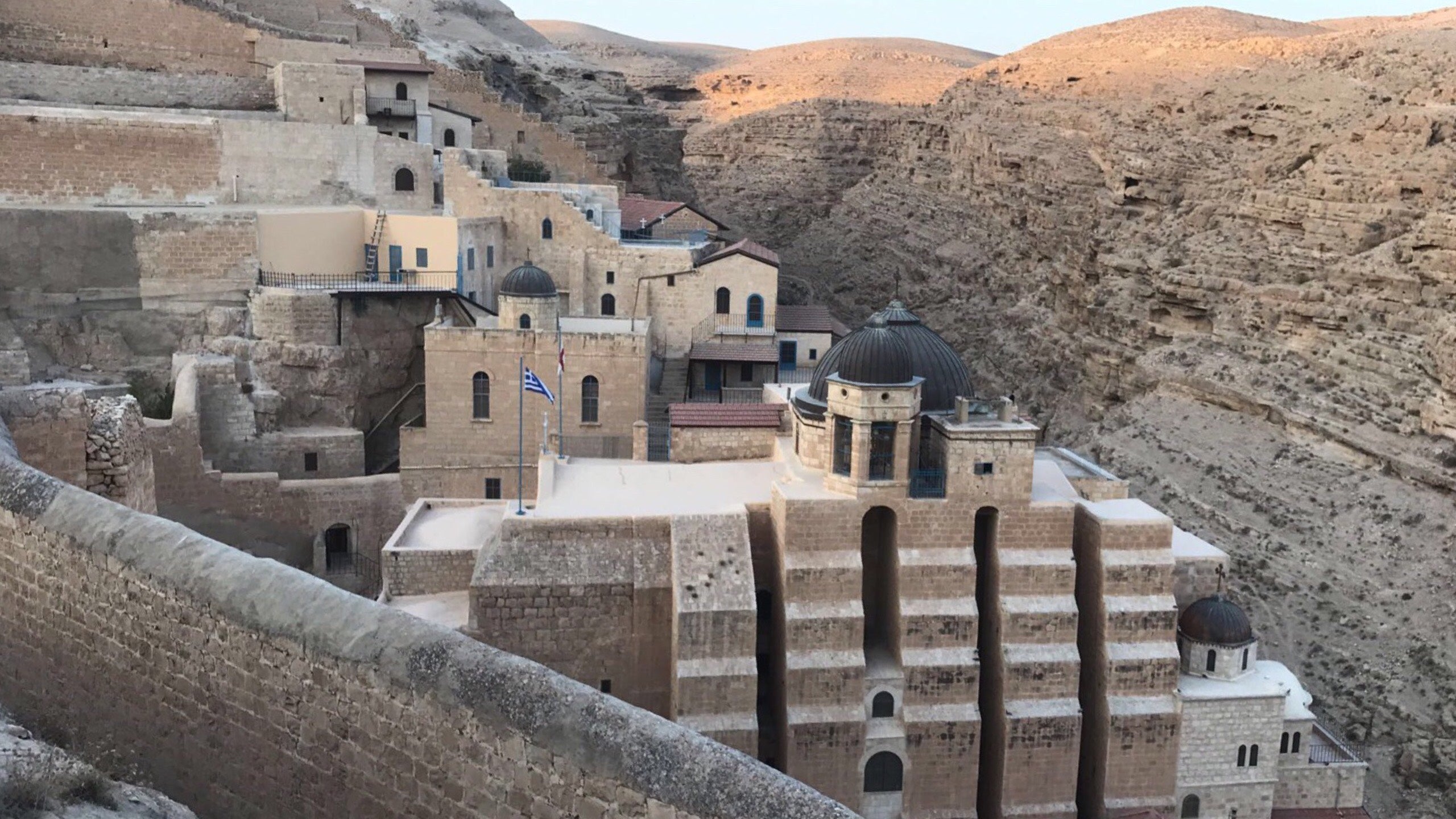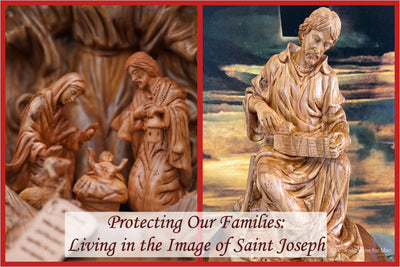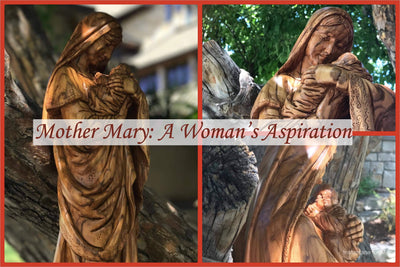Into the depth of dramatic landscape of the Judean desert, lies a monastery that’s considered by many as one of the most remote monasteries in the world. To the east of the town of Beit Sahour, there’s a place where the sense of desolation and solitude is profound, a monastery that clings to the cliffs of Wadi Qidron, creating one of the best views in Palestine from the outside, but with its inner maze-like and endless amount of stairs, gates and narrow passageways, it can be easily compared to a huge labyrinth from the inside. This monastery is called Mar Saba monastery.
Who Built this Monastery?
It’s the oldest and largest monastery in the Holy Land. It was founded in 483 AD by Saint Sabbas, or Savvas, the Sanctified, a Greek monk from Cappadocia in modern-day Turkey. According to the annals of the monastery, Saint Sabbas, seeking solace in the Judean Desert, left his monastery of Saint Avtimius near Jericho and wandered south until he found a cave in a deep gorge near the southern portion of the Kidron Valley that was illuminated by a light from the heavens. Taking it as a sign to remain in the place, he was eventually joined by other monks who became his disciples, who with him, established the monastery and Brotherhood which both still bear his name.

Why was He Seeking Solace in a Dangerous Desert?
Saint Sabbas is not the first saint to wander in a desert. Many prophets of old had gone into the wilderness where they had encountered evil powers and many dangers like the scotching heat of the sun, the tremendous chilliness of the night, the desert’s wild animals, and the lack of resources for food and water. Nevertheless, they had indeed emerged from these deserts, overcoming these dangers, not merely relying on their humane physical strength, but also on their spiritual strength which is aided by God. Moreover, Jesus, himself, had gone into this exact same desert to reflect on and prepare for the well-known mission that the Father had sent to him.
Thus, the desert is such a paradox symbol. In it, people experience trying times and evil dangers, but it strengthens their faith in God, and brings them closer to Him.
Mar Saba Vs. Mar Theodosius
At its height, the monastery was a virtual city in of itself, comprising some 200 monks, surpassed only in size by its neighbor, Mar Theodosius, which at its height included nearly 400 monks. Monks who desired a more aesthetic, contemplative life would join Mar Saba monastery, while those who were better suited for communal life joined Mar Theodosius. The monastery of Mar Saba included its expansive primary church, dedicated to the Feast of the Annunication, a cave-church dedicated to Saint Nicholas, and several smaller chapels to be used for various feast days throughout the year. Monks lived either in dormitory-style rooms or small cottages within the monastery, or in caves through the valley of the monastery, known as cells. In fact, the word “cell” comes from the Greek root word for shelter or dwelling:kalia, or for a monk’s shelter, kali (pronounced ka-lee). The monastery has been almost continuously inhabited since its founding, and only then abandoned by the brotherhood for brief periods. Today, approximately 20 monks inhabit the monastery!
Why are the females banned from entering the monastery?
The monks have continued on life in much the same manner as their spiritual ancestors have for over a millennium and a half. Following the rule of prayer set down by Saint Sabas known as the Sabbite Typikon, the monks abstain from eating meat, and modern commodities of almost any kind, including electricity. However, one of the most shocking rules that the monks still strictly abide by is forbidding each and every female from entering the monastery. This ban stands for over 1500 years.
According to a local legend, a woman once dressed up as a man and tried to enter the monastery. When she was still at the entrance of the monastery, an earthquake suddenly erupted causing the priests to immediately catch the impostor and lead her outside.
The Women's Tower is the only building on the grounds that women are allowed to enter.

The monks’ day begins in prayer at midnight until dawn, with intermittent periods of work, rest and communal meals until sundown, and then they retreat to their cells to conduct private prayers before a few hours’ rest. Services and chanting are conducted in classic Byzantine style, illuminated only by candles and oil lamps. Throughout their lives, these monks do not encounter any social connection of any type with the other priests or even the people from outside. As long as they live they will not experience the joys of human connection with any man, woman, or a child.
What can visitors see there?
- This monastery had faced two invasions in the 7th century resulting into the martyr of several hundred monks and male visitors can still see these monks’ skulls in the monastery.
- The corpse of Saint Sabbas still lies in a glassy box where male visitors can see his incorrupt body.
While only men may visit the monastery during daytime hours, both men and women can climb the hillside to take in the extraordinary view of the Kidron Valley, sit at the base of the impressive tower built by Saint Sabas for his aged mother Sofia, also a saint in the Orthodox Church, greet the gatekeeper of the monastery, a monk who is responsible for one of the world’s largest functioning keys, or just sit in the hillside to contemplate on the lives of the many saints who have gone before them in this holy place.
Mar Saba is to the east of our workshop in Beit Sahour, which is really close to the monastery. You are always more than welcome to visit our workshop to witness how we masterly turn blocks of olive wood from the Holy Land into beautiful olive wood carvings with our hands. We make Holy land gifts like olive wood crucifixes and olive wood rosary beads, AND olive wood cooking utensils including olive wood salad bowls, wooden kitchen spoons, and olive wood trays, and lastly but not least, we hand carve other fun things made from Bethlehem olive wood like chess boards!
To view all the above-mentioned products and others in a high-resolution panoramic 360 degrees, click here.
We, the Bethlehem Handicrafts’ team, are so proud to put the Holy Land in your hand by giving you a variety of the best and the most outstanding original Bethlehem’s olive wood carvings with the best quality made in the Holy Land.
